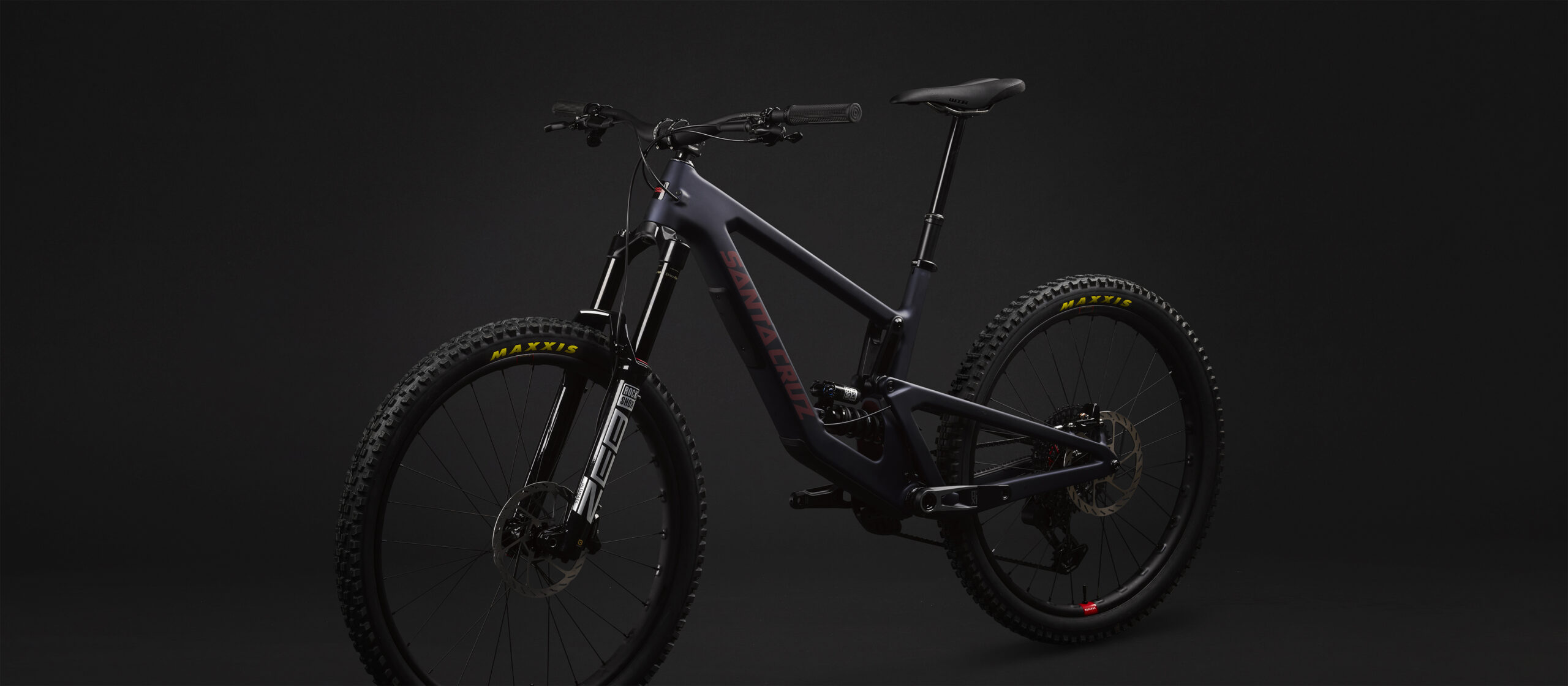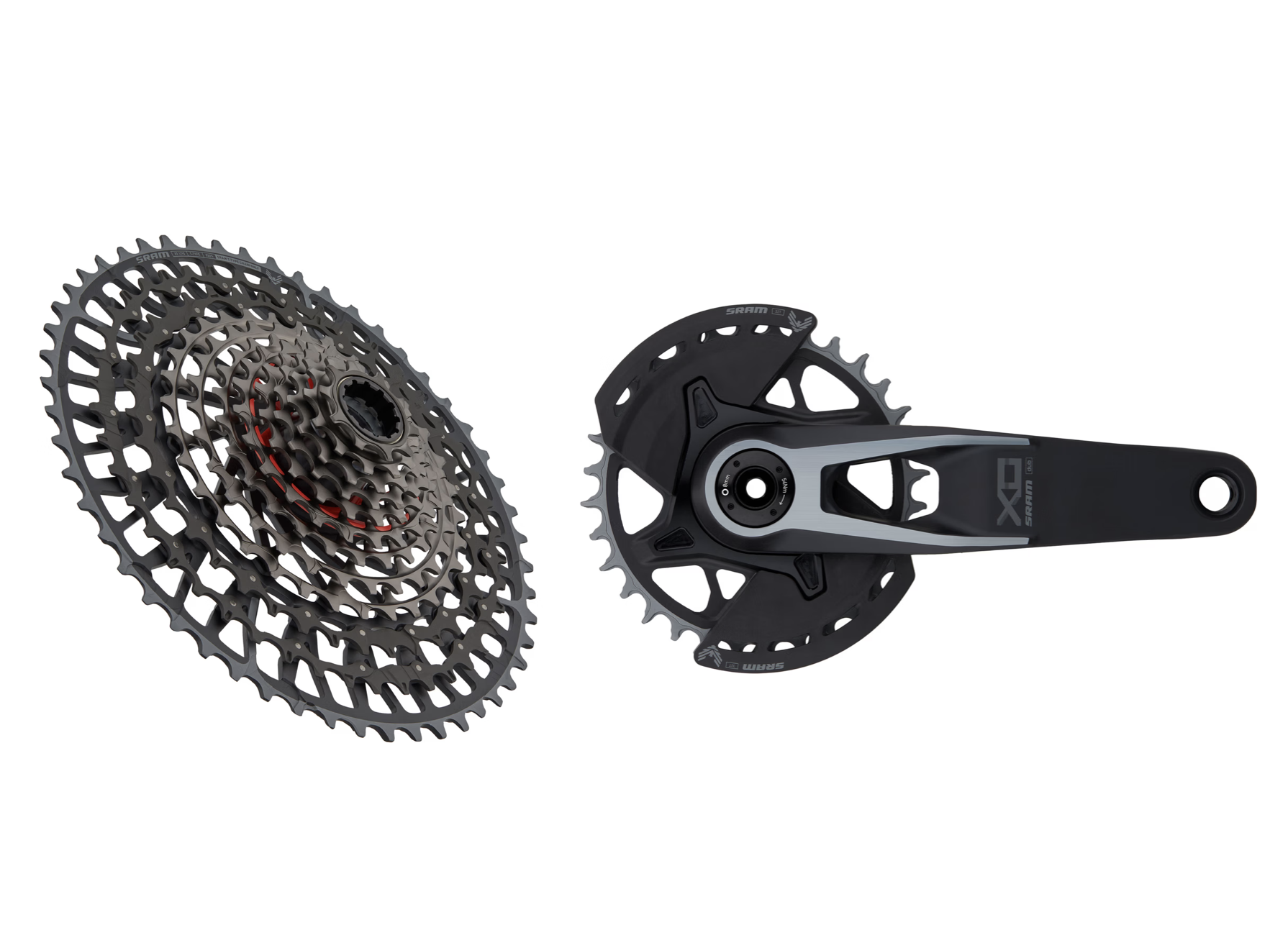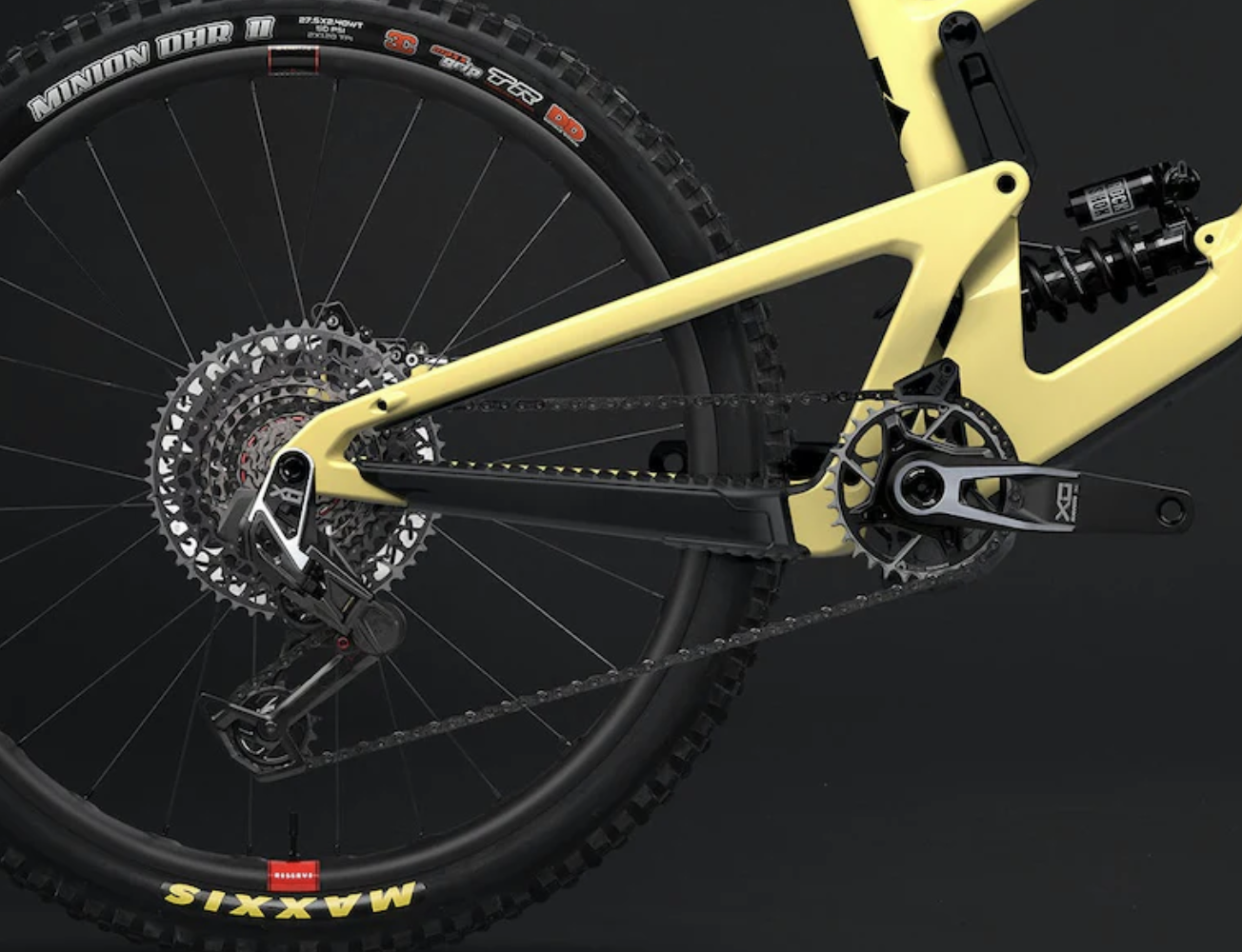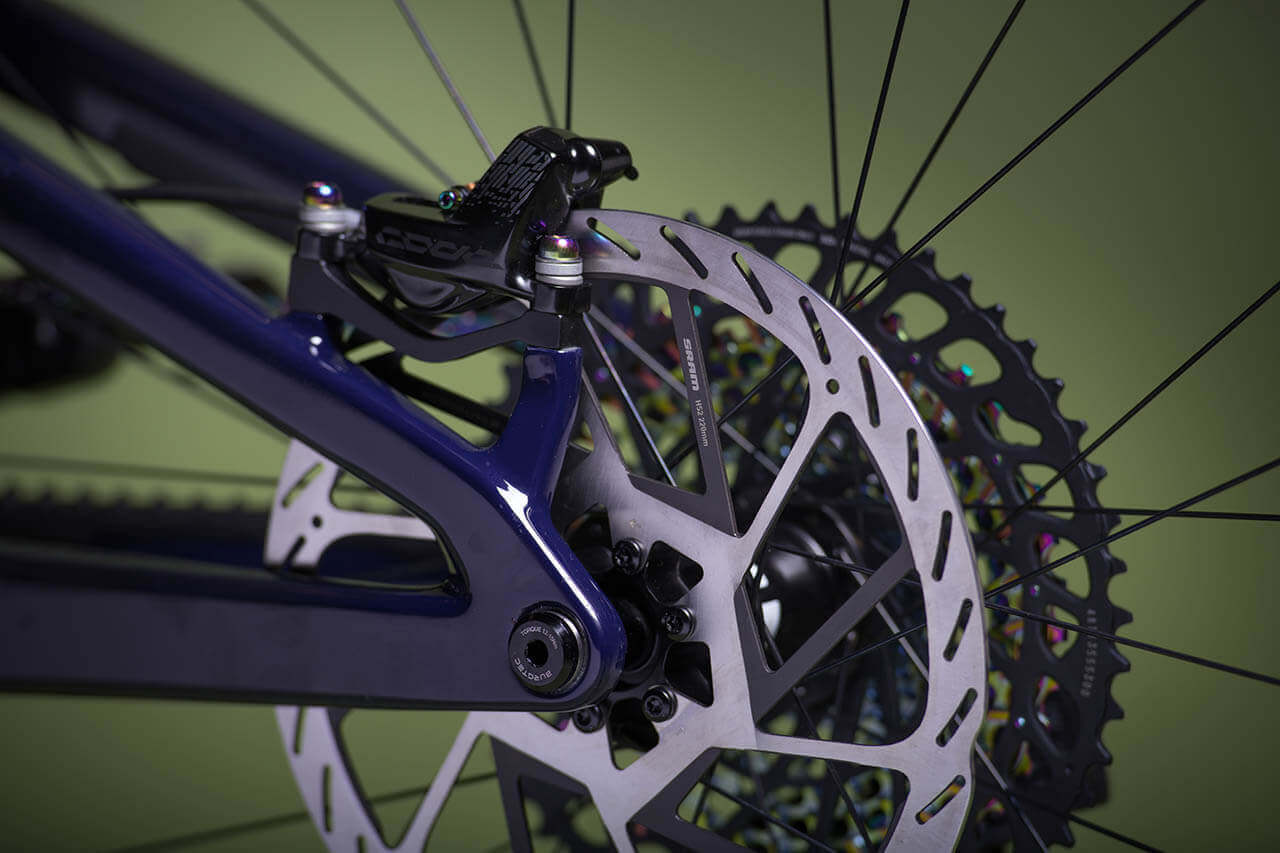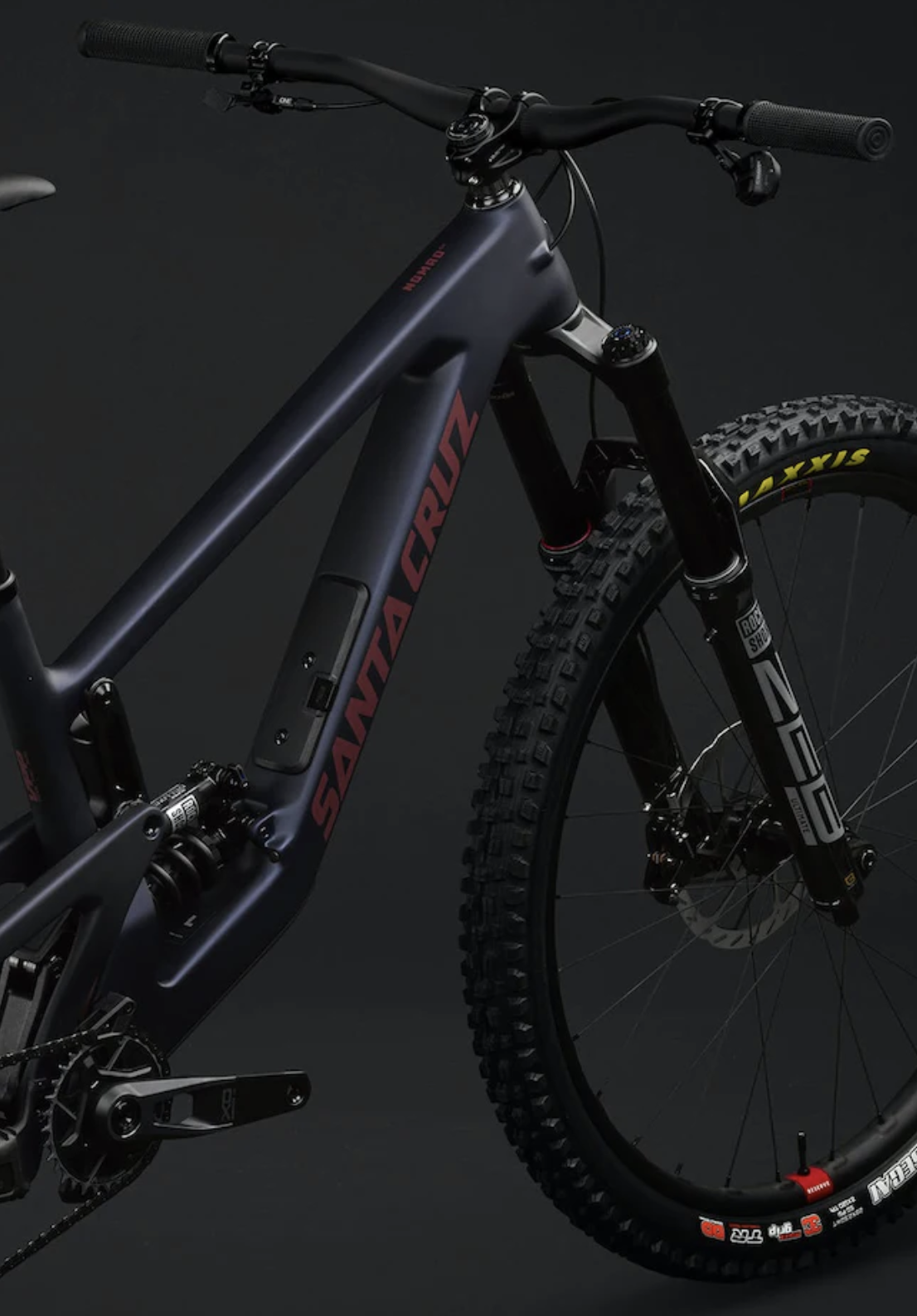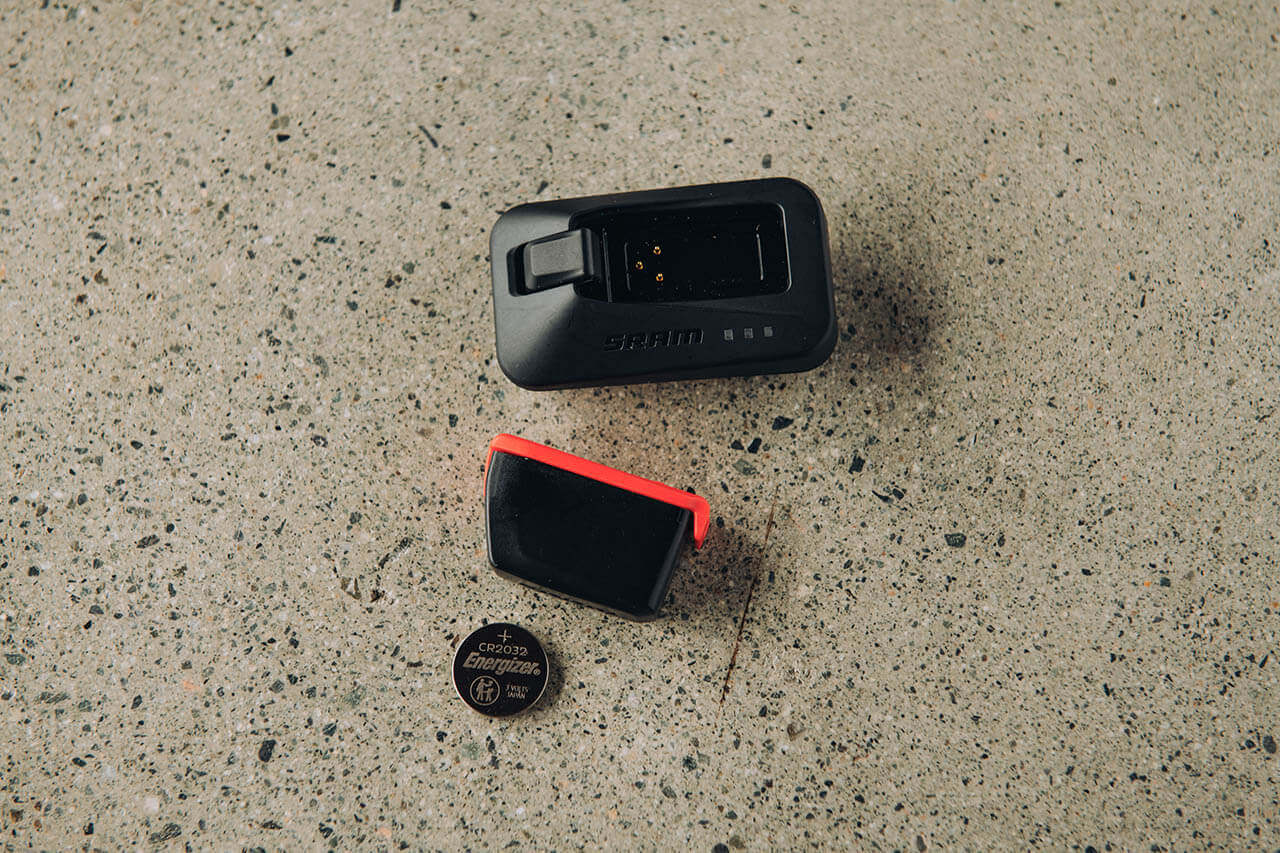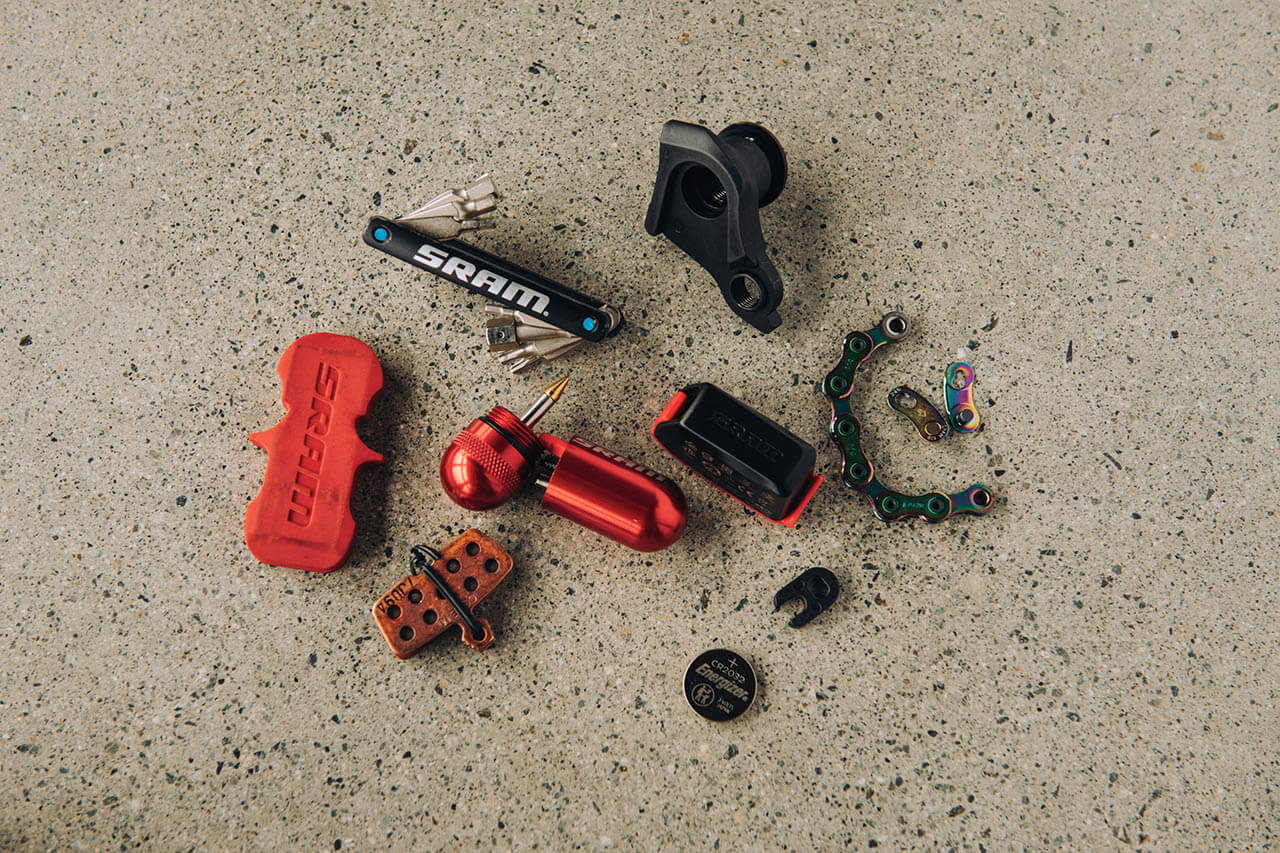ESSENTIAL BIKE PREP FOR STONE KING RALLY
IN COLLABORATION WITH SRAM
ESSENTIAL BIKE PREP FOR STONE KING RALLY
IN COLLABORATION WITH
![]()

ALL DAY, MINIMISED EFFORT
The benefits of wide range cassettes are well known, but to conserve your energy, choose the widest range cassette possible, and pair it with a chainring that matches your abilities and ride style. Consider dropping down a few teeth if you’re coming from flatter terrain. Also take into account rear wheel size when choosing your chainring size (for a given chainring size, the bigger your rear wheel, the longer the effective gear). The Stone King itinerary contains some relentless climbs so, when ascending, choose a higher cadence, easier gear, and cruise at a relaxed pace when possible to save energy for the descents.
YOUR CHAIN
A chain without problems, you’ll never know it’s there. A chain with issues, your day of racing is ruined. Some simple tips to keep you out of a jam: on-sight Enduro racing often leads to unintended chainring strikes, so prepare your bike with a bottom bash to protect both chain and chainring. If you remove your chain while travelling to Stone King Rally, make sure to reassemble it with a new Eagle PowerLink — these are intended to be single use, so to be sure, start fresh. While on trail, be self-sufficient by carrying a few spare Eagle PowerLink’s and a small section of chain (3-5 links) that can be substituted in place of damaged chain. Wipe and lubricate your chain each morning to keep it running smooth and quiet all day long.
BRAKE PREP
Proper brake setup is essential, so before heading to Stone King, don’t forget to replace your pads and bleed your brakes.
Organic brake pads provide initial great bite, but for extended descents and unpredictable weather conditions, you can’t beat Sintered — so for this kind of race, this is what we’d recommend. Make sure you take the time to bed-in your new pads before dropping in, as incorrectly bed-in pads will lead to greatly reduced stopping power, as well as noise.
Before replacing your pads, bleed your brakes, and reset your caliper pistons so that you can be confident in your brake performance from start to finish.
BRAKE PREP
Proper brake setup is essential, so before heading to Stone King, don’t forget to replace your pads and bleed your brakes.
Organic brake pads provide initial great bite, but for extended descents and unpredictable weather conditions, you can’t beat Sintered — so for this kind of race, this is what we’d recommend. Make sure you take the time to bed-in your new pads before dropping in, as incorrectly bed-in pads will lead to greatly reduced stopping power, as well as noise.
Before replacing your pads, bleed your brakes, and reset your caliper pistons so that you can be confident in your brake performance from start to finish.
ROTOR CHOICE, A BIG ONE
With an average of 3300m (11000ft !) of descending per day over six days, bigger is almost certainly better. Big descents mean big heat, which means you’ll want big rotors and we recommend a minimum of 200mm front and rear. These days, bigger rotors doesn’t just mean bigger diameter, it also means thicker too. SRAM HS2 rotors, for example, are 2mm thick, which provides a handful of benefits: the increased material aids in heat dissipation. It gives the lever a firmer feel as the stiffer rotor will flex less when the pads first engage. It also resists warping and stays truer than a thinner rotor.
SUSPENSION
Get your suspension serviced BEFORE you travel.
- Freshly rebuilt forks and shocks will perform much better during the race – smoother with less friction will be less fatiguing over 6 days.
- During this service they can also replace any parts that are needed before you go
Most manufacturers offer a setup guide with suggested settings – this is a great place to start
- RockShox products are supported by TrailHead (app or on .com). This tool offers suggestions for both starting air pressure and rebound, and for both front and rear suspension.
The key to suspension setup for a race like Stone King Rally is finding air pressures and compression/rebound settings that are a solid baseline
- You should avoid getting overly specific in your settings as the terrain will vary throughout the week
- Find a setup which allows comfort and support – something that you can ride all day
- It’s ok for your setup to change as the week goes on – as you get more tired, you will likely want to open your compression settings to allow more comfort on the hands/arms and body.
As far as product itself goes, Enduro-focused forks and shocks are the aim.
- You want forks with enough travel to allow you to carry speed over every terrain but also have enough in reserve to be capable of absorbing those surprise features that tend to pop up during on-sight racing (150mm absolute minimum; ideally 160-170mm)
- On the rear end, piggyback style shocks offer additional oil volume to keep the shocks running cooler and working better on longer descents
During the race itself, make sure to wipe down the upper tubes of the forks and shocks after every day of racing.
- This helps to keep seals clean which makes for happy suspension
- It also helps to allow you to see if there is any damage from wear and/or crashes
ALL WEEK AXS
If you’re set up with Eagle AXS or Reverb AXS, you likely have a grasp on the long lengths that you can push the battery. That said, carrying a spare battery for your derailleur is just smart. In a pinch you can hot-swap a battery from derailleur to seatpost or vice versa, to keep you shifting or adjusting saddle height. And lastly, before you head to Stone King Rally, either replace the 2032 Coin Cell in your controller, or grab a spare just in case – these usually last for around two years.
SPARES & TOOLS: BETTER SAFE THAN SORRY
The small weight penalty for carrying a few small spares and tools is certainly outweighed by the anguish of time lost by not being prepared for a simple fix. See our GEAR recommendations page for more detail.


